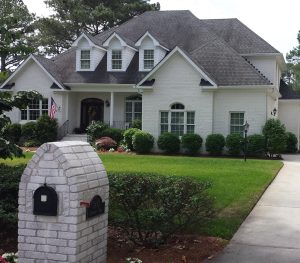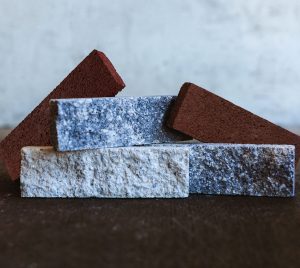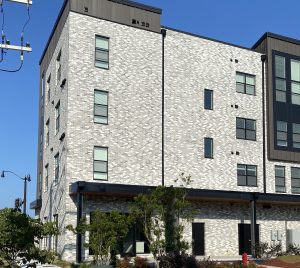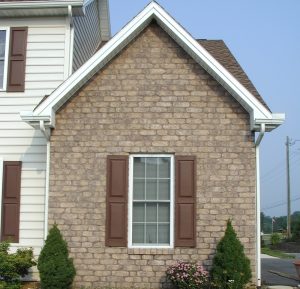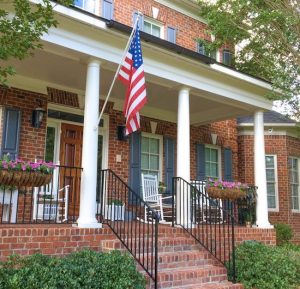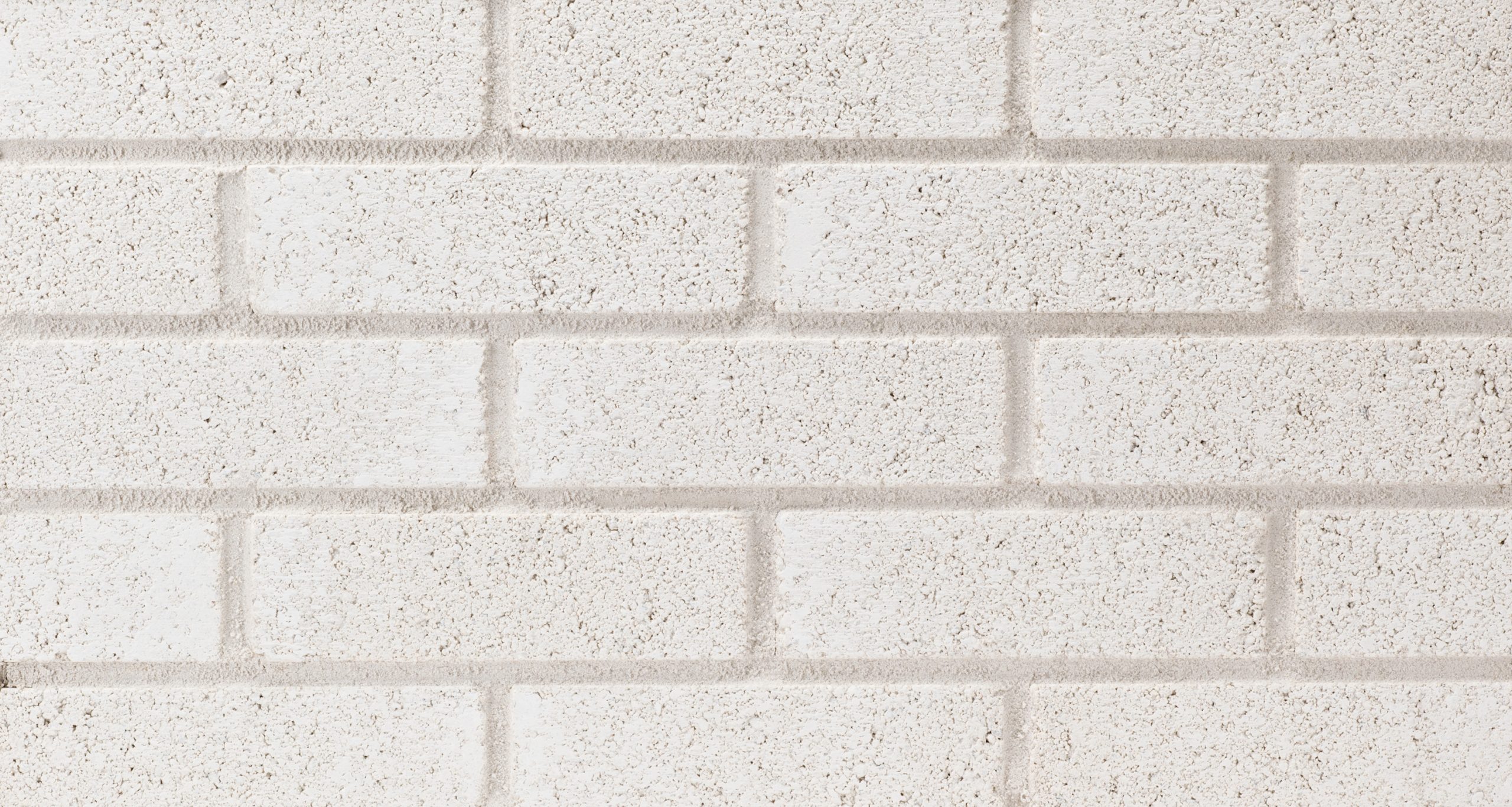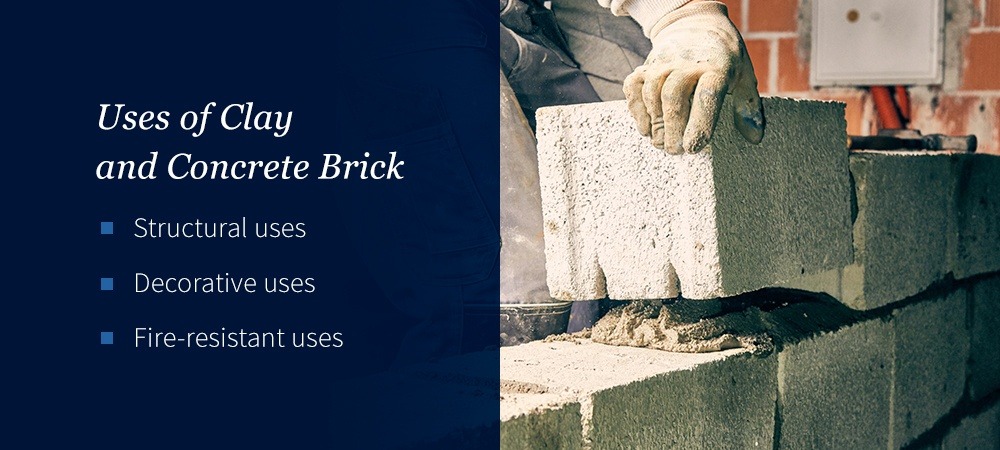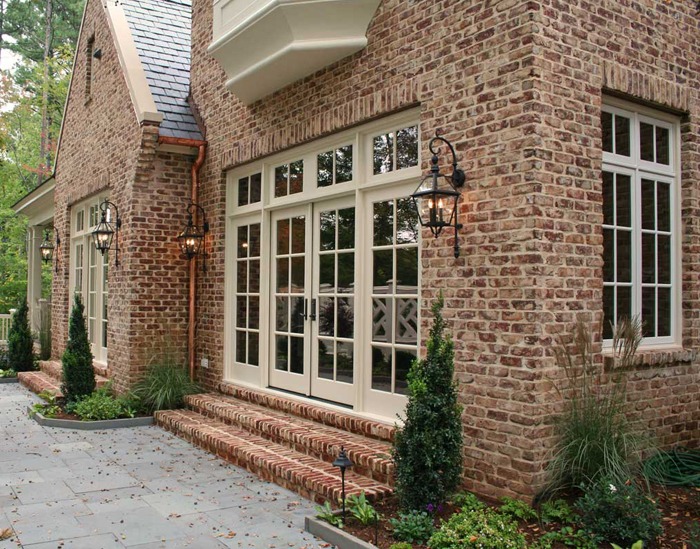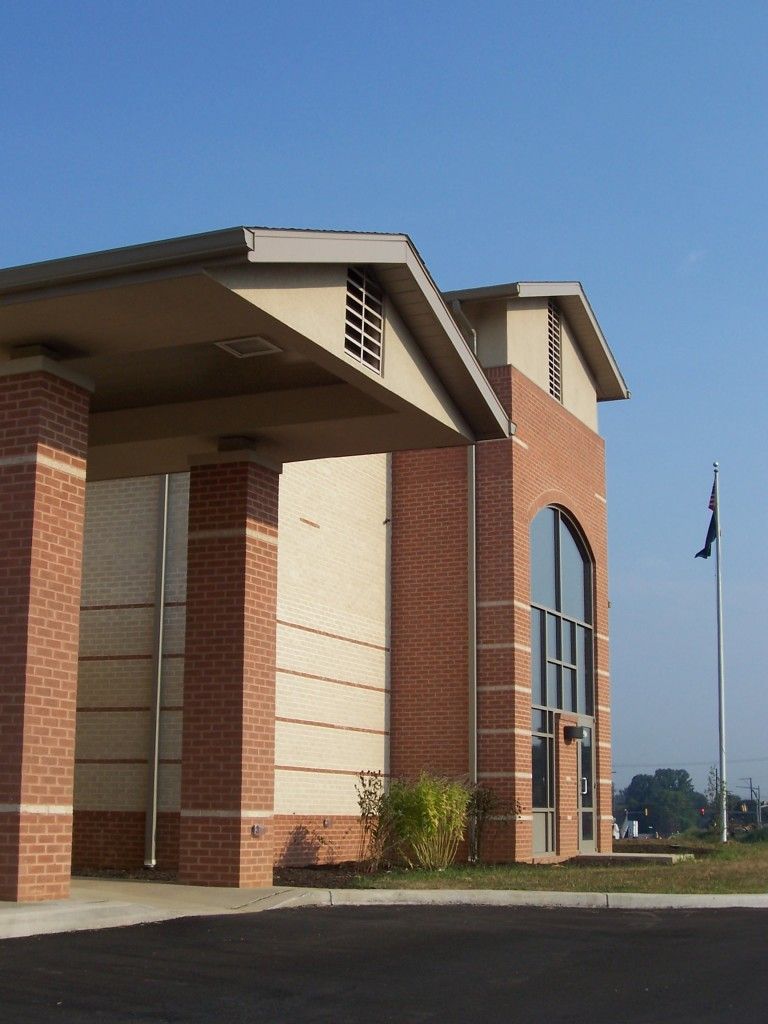Clay and concrete brick offer a host of excellent, unique benefits that make it one of the most popular structural, decorative and fire-resistant building options today. Some of these advantages include:
1. LONG LIFE EXPECTANCY
Masonry brick has an extraordinarily long life expectancy, making it one of the most popular choices in building construction. In fact, according to the National Association of Home Builders, masonry is one of the home’s most durable elements and can last more than 100 years with proper care. In many instances, brick has even maintained its integrity for hundreds of years beyond its life expectancy with little extra maintenance. Some types of brick finishes even allow concrete bricks to retain their color and texture in the presence of any cracking.
Masonry can withstand a high load-bearing capacity throughout its lifetime with little noticeable wear and tear. Unlike other construction materials, it won’t rust, peel, tarnish, rot or erode. This durability contributes to its long lifespan.
2. INCREASED THERMAL MASS AND ENERGY EFFICIENCY
Clay and concrete bricks offer natural thermal qualities that absorb heat and slowly release it at a later time. During the summer, brick helps to keep a building cool during the warm part of the day, while during the winter, it absorbs heat energy in the air to radiate to the interior.
Combined with insulation, this is a highly energy-efficient solution that can save home and business owners money over time, since they have less need to run air conditioners or heating devices throughout the year. The U.S. Department of Energy even outlines brick as one of the most common thermal mass elements in passive solar home design.
3. ENVIRONMENTAL FRIENDLINESS
Masonry is famous for its environmental friendliness and sustainability, making it one of the best building options for anyone looking to go green.
Constructed from some of the most readily available organic materials on earth, brick doesn’t use up valuable non-renewable resources during its construction. It’s also non-toxic and brick suppliers don’t produce much environmental pollution during manufacturing, and its long lifespan and energy efficiency ensure ongoing green benefits throughout its lifetime.
4. FIRE RESISTANCE
Fire brick is non-combustible — which makes it a popular choice for use around fireplaces — but its excellent thermal properties also make it an exceptional option for buildings in areas prone to wildfires. The Federal Emergency Management Agency lists masonry as one of the best exterior wall materials for home builders constructing in wildfire zones due to its fire resistance.
The material can withstand these extreme levels of heat because each brick gets fired to temperatures above 1,800 degrees Fahrenheit during production. It’s so well-known for its ability to withstand brush fire that some insurance companies even offer discounts for brick-made homes and businesses.
5. RAIN AND WIND PROTECTION
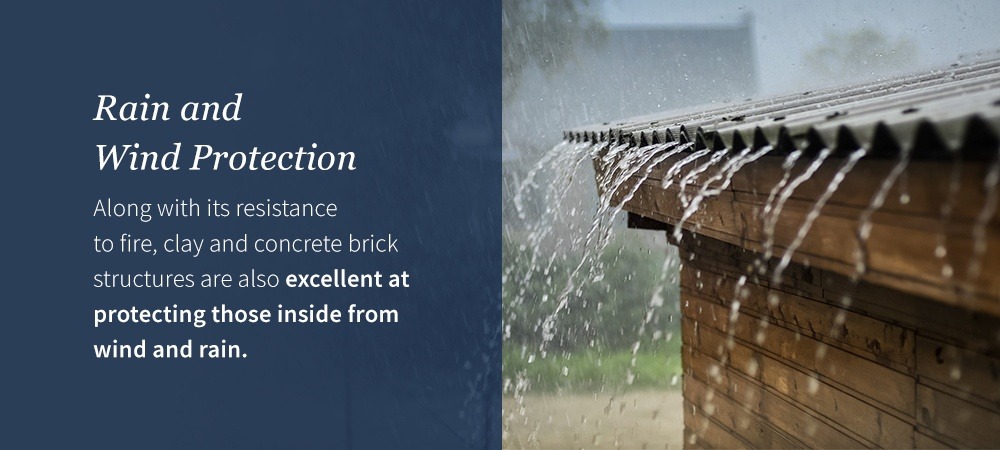
Along with its resistance to fire, clay and concrete brick structures are also excellent at protecting those inside from wind and rain. While not completely waterproof, brick and brick veneer walls can control moisture better than other external materials. Not only does this water resistance effectively protect the building and its inhabitants from the elements, but it also ensures little damage due to mold or corrosion.
Likewise, brick offers far more protection from wind-blown debris than vinyl siding or similar materials. It exceeds Florida’s impact resistance requirements for facilities in hurricane-prone areas and is the material of choice for builders in wind-prone regions around the world.
6. COST-EFFECTIVENESS
Bricklaying is not inherently expensive, like many other construction materials. And, unlike with timber constructions, brick installers can do their work directly on site, which means fewer trips to transport materials and less money spent on installation.
But not only is brick more cost-effective during installation, but it also reduces a building’s cost throughout its entire lifetime.
Because the material won’t rust, warp, peel or undergo other adverse reactions over time, brick needs little to no maintenance throughout its lifecycle. It won’t require painting to maintain its aesthetic appeal, nor will it need to be sealed or protected from pests. You’ll likely only need to clean your brick structure every so often with a soft brush to maintain its looks. Because it won’t require expensive maintenance, you’ll discover your masonry brick structure has an exceptional return on investment.
7. BEAUTY
Many home and business owners opt for a brick building for a straightforward reason — brick is beautiful. Traditional brick has graced the exteriors of stylish homes, splendid mansions and classic storefronts for generations, while non-traditional alternatives to clay bricks provide an unbeatable sleek, modern aesthetic.
Many distinctive colors and styles are available to meet the needs of many applications. At Nitterhouse Masonry Products, we offer an array of color options in each of our Nicrete product lines. Whether you’re searching for a traditional look, white bricks, thin bricks or something more out of the ordinary such as bricks that look like stone, you’ll be able to find an available color and style suited to your unique application.
Likewise, you can choose from several texture options and brick finishes, including smooth, matte surfaces or textured bricks that add a decorative layer to an otherwise dull building. With so many different designs at your fingertips, you’re sure to find something that will enhance the aesthetic appeal of your project.


